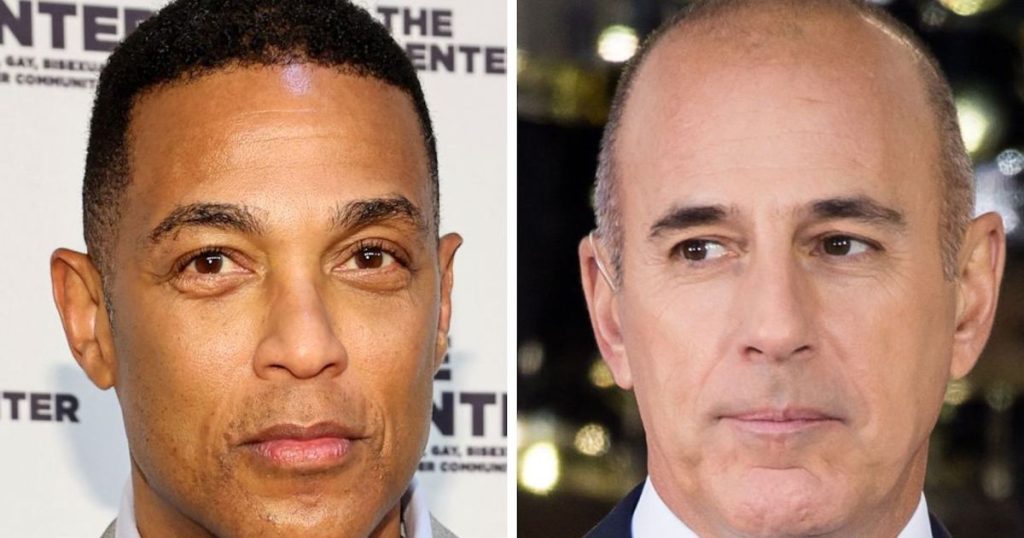Don Lemon’s unwavering support for his friend Matt Lauer, ousted from his prominent position at the Today show in 2017 amidst sexual misconduct allegations, has ignited discussions about second chances and the complexities of navigating public opinion in the face of scandal. Lemon’s belief that Lauer could engineer a successful comeback, potentially through the less restrictive medium of podcasting, highlights the evolving landscape of media and the potential for figures to rebuild their careers outside the traditional broadcast sphere. This perspective, coupled with Lemon’s observations of Lauer’s continued popularity with the public, underscores the often-stark contrast between public sentiment and the internal workings of the media industry.
Lemon’s assertion that Lauer receives positive reactions from the public, including requests for pictures and expressions of support, paints a picture of a figure whose connection with audiences hasn’t entirely dissipated despite the controversy surrounding his departure from NBC. This positive feedback, according to Lemon, extends to interactions during social outings and dinners, suggesting a level of acceptance and even affection from those who once watched him on their screens every morning. This disconnect between the public’s apparent willingness to forgive and the industry’s more cautious approach raises questions about the power dynamics at play and who ultimately determines the fate of individuals embroiled in scandal.
The crux of Lemon’s argument rests on the perceived discrepancy between public opinion and the anxieties of industry insiders. He contends that the general public, if given the opportunity, would welcome Lauer back, leading to strong viewership numbers. This contrasts sharply with the perceived trepidation within the media landscape, where executives and networks appear less inclined to take the risk of associating with a figure whose past actions remain a sensitive subject. This dichotomy raises questions about the role of public forgiveness in shaping career trajectories and whether the industry’s reticence stems from genuine concern or a calculated risk assessment.
Lemon’s perspective isn’t isolated; rumors of Lauer’s desire to return to the public eye have circulated for some time. Reports in 2024 suggested that Lauer was actively exploring avenues for a comeback, indicating a persistent ambition to reclaim a position within the media landscape. These whispers, combined with Lauer’s reported frustration with how he was portrayed during the scandal, hint at a determination to rewrite the narrative surrounding his departure from NBC. The question remains whether the public and the industry are ready to embrace such a narrative shift.
The backdrop to these discussions, of course, is the #MeToo movement, which brought to light widespread sexual misconduct within various industries, including media. Lauer’s case, involving allegations from a female colleague, became a prominent example of the movement’s impact, leading to his swift dismissal from the Today show. The subsequent publication of Ronan Farrow’s book “Catch and Kill,” which detailed the alleged assault, further cemented the gravity of the accusations against Lauer. While Lauer has consistently denied these allegations, the cloud of controversy continues to hover over his career prospects.
The conversation surrounding Matt Lauer’s potential return to the public eye becomes a microcosm of a broader societal debate: how do we grapple with the complexities of accountability, forgiveness, and second chances in the age of #MeToo? Lemon’s perspective, while supportive of his friend, inadvertently raises a multitude of questions about the power dynamics within the media industry, the role of public opinion in shaping career trajectories, and the ongoing challenges of navigating the aftermath of scandal in a rapidly evolving media landscape. The answer to whether Lauer will ultimately succeed in orchestrating a comeback remains uncertain, but the discussion itself illuminates the enduring tensions between public perception, industry anxieties, and the quest for redemption in the public eye.

